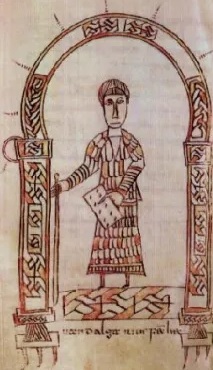- cross-posted to:
- [email protected]
- [email protected]
- cross-posted to:
- [email protected]
- [email protected]
This leaves cicadas susceptible to a very effective side channel attack
their strengths are pan-frequency dominance and total theater saturation… and impressive individual capabilities, i had one fire up his amplifier about a foot above my head, and i just stood there in awe of the little monster’s raw sonic prowess…
Alien creatures that whose attack vector is sound and can be everywhere at once is low key terrifying. They could just vibrate you to death.
no joke, one little cicada can produce a thought cancelling amount of sound close up
Wouldn’t that basically work like a microwave?
Get it guys…
It’s an article about wires… ON WIRED?!?
Please downvote me, I’m sorry
Please conduct yourself.
Fiber optics aren’t wires, though.
Why would we PUNish you?
I wish they wouldn’t shine light on it
Wait until Buzzfeed writes about it
Fibre optics can be used to measure a remarkable number of properties.
The electrical transmission industry makes significant use of fibreoptic current sensors, and distributed fibreoptic temperature sensors.
The latter is particularly useful as you can measure the temperature at any point along the fibre’s length, allowing you to detect hot-spots in cables.
Cicadas are pretty loud; I’m sure you can pick up much quieter things with a fibreoptic microphone.
How does one measure temperature with a fiber? I’m a mechanical engineer that’s also worked as an electrical so you don’t have to dumb it down too much. I just doubt it’s as easy as you say
https://en.m.wikipedia.org/wiki/Distributed_temperature_sensing
I can’t really explain it any better than Wikipedia. You absolutely need a special transceiver, but it looks like the basic answer is that hot bits show up slightly differently to cold bits when doing TDR or similar measurements.
You send a light pulse down the cable, you get light bouncing back from each point in the cable. The time between sending the pulse and when you measure the received signal is how far away you’re measuring. Something about the received pulse - wavelength, power etc, allows you to estimate the temperature.
So, yeah. You build a fibre into your power cable, and plug one end into a box. It tells you the temperature of every meter of that fibre up to tens of kilometres, to within a degree.
the cicadas around here were so loud and dense this year, they chased the birds away… i had a huge population of song birds all spring and summer in my garden… then the cicadas spawned and took over the trees and all the airwaves… the birds just fucked off to i don’t know where, and i’m sure it’s just because they couldn’t hear themselves over the immense buzzing…
Get a cat, it takes care if the cicadas, although the birds might not be happy either
I would’ve assumed them to view it as an open air buffet. Interesting that they would rather flee






